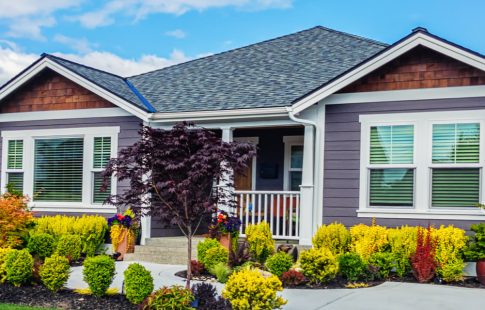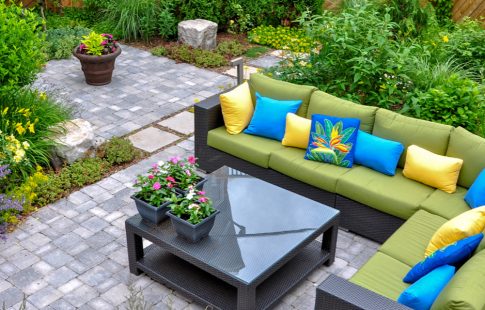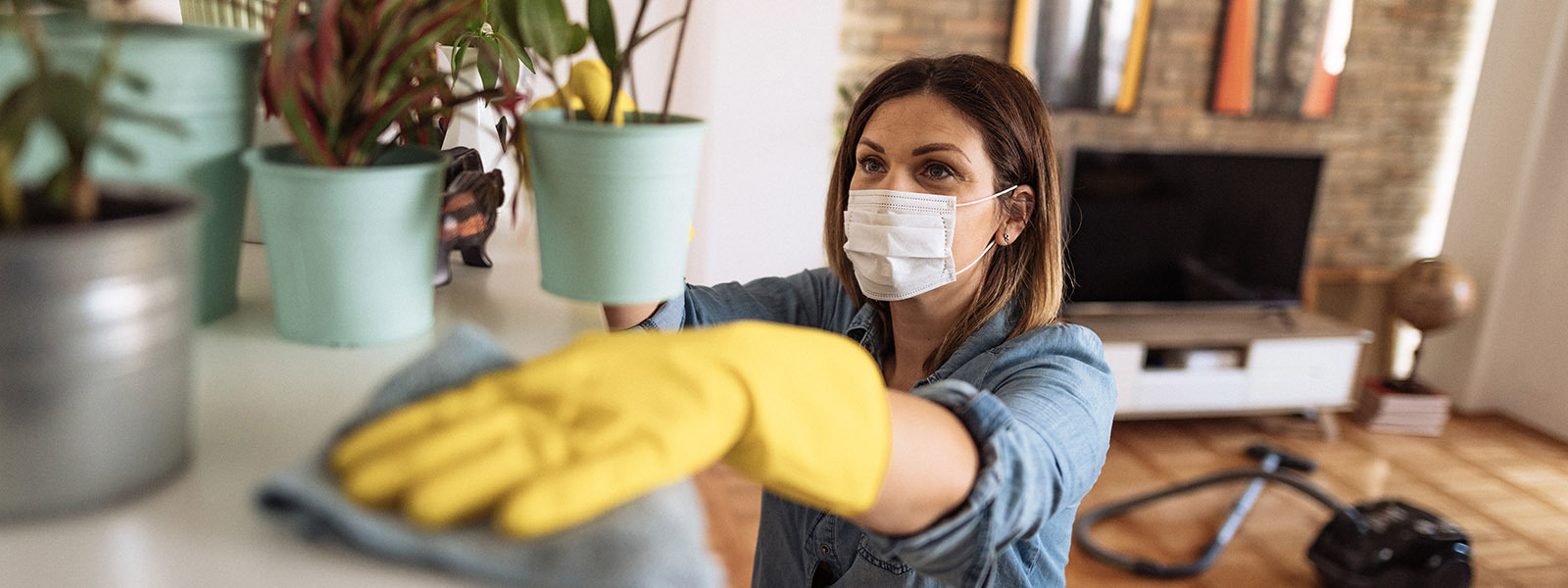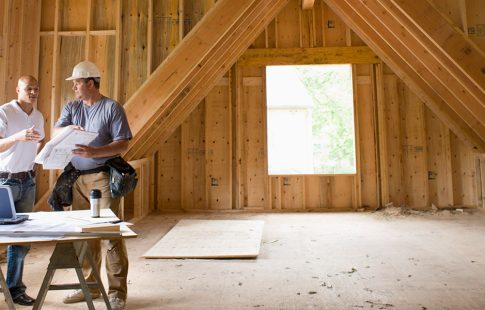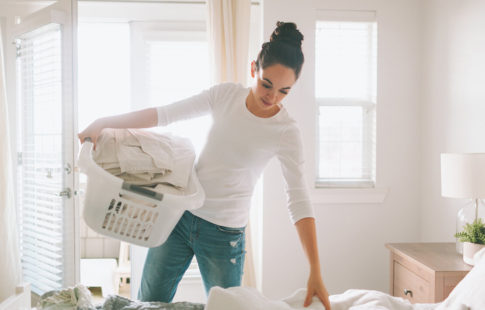Estimated reading time: 4 minutes
Could your home be hazardous to your health? Between mold, pests, cleaning chemicals, and other contaminants, creating a healthier home takes work and perseverance. But you can create a healthy environment if you focus on a few key components. Here are a few insights based on 8 areas that the U.S. Department of Housing and Urban Development (HUD) recommends.
1. Keep your home dry
Damp homes are at risk for mold, and in the age of COVID-19 that may be especially dangerous. Mold can aggravate asthma, cause lung infections, and even pulmonary hemorrhages in babies. To keep it at bay, the CDC advises:
- Fixing leaks quickly. Mold and mildew can grow within 24 hours.
- Managing humidity levels.
- Ventilating kitchens, laundry rooms, and showers.
For an added check on moisture levels and your home’s health, monitor its humidity. When it’s too high, it can promote mold, dust mites, and bacteria, the Mayo Clinic explains. When it’s too low it can “cause dry skin, irritate your nasal passages and throat, and make your eyes itchy.” A moisture gauge from a home improvement store can track levels which should be between 30-50%, according to the EPA. If you need levels to go up, a humidifier or bowls of water around your house may help. You can lower levels with an air conditioner or by changing your humidifier’s setting.
2. Clean frequently
Speaking of COVID-19, it may have you cleaning your house more. That effort may pay off in your physical and mental well-being according to psychiatrist Dr. Rian Rowles. In an interview with Health eNews, she explained that clutter can contribute to stress, fatigue, and illness. The article also noted some practical benefits of cleaning, including fewer allergies, germs, and pests.
3. Stay safe
Make your home healthy and safe for all generations, starting with children. HUD reminds homeowners to keep poisons out of reach and to keep “hard or sharp surfaces” away from where they play. Each year, millions of people of all ages also fall at home. In fact, falls were the top non-deadly and avoidable injury in 2018 according to the National Safety Council. WebMD suggests removing tripping hazards like shoes and small throw rugs, keeping areas well lit, and making it easy to reach items you use most. Stools and ladders are fall risks.
4. Maintain good ventilation
Many homes are as airtight as possible for energy efficiency. The downside is that they may not have enough ventilation to fight contaminants well. Air filters and purifiers can help, as well as these ventilation strategies from the Department of Energy (DOE):
- Open doors or windows. “Clean outdoor air” is one of the best ways to improve your home’s air quality, according to the EPA.
- Use exhaust fans in areas like kitchens and bathrooms.
- Use your home’s fans and ducts to cycle old air out and/or fresh air in.
5. Keep pests away
Insects and other unwelcome guests can spread diseases and infections. Rodents can pass on everything from leptospirosis—a bacterial disease—to the plague (yes, it’s still a health threat). Roaches can provoke asthma and allergic reactions, and pharaoh ants (aka sugar ants) can spread salmonella. To keep them out:
- Trim trees. Squirrels can jump 8 feet and into attics. Limbs can also help insects get in.
- Seal cracks and holes.
- Block weep holes in brick with suitable covers. Mice may squeeze in otherwise.
6. Keep contaminants out
Dust, pesticides, and building materials like carpet are just some of the potential sources of contaminants in your house. You can also bring some home on your clothes, including viruses like COVID-19. According to the EPA, ventilation and keeping a clean and dry house can help reduce contaminants, along with the tips found here. Using low- and zero-VOC (volatile organic compounds) paints and cleaning products can also help. In terms of clothing, you may need to wash it separately or keep it out of your house.
You may need to test for other risks like odorless gases. These include radon which HUD describes as “a naturally occurring dangerous gas that enters homes through soil, crawlspaces, and foundation crack[s].” It’s also the second-leading cause of lung cancer. You can pay for a professional test or pick up a DIY kit at a home improvement store. Carbon monoxide is another dangerous gas, and experts recommend installing detectors near bedrooms and on every floor for protection.
7. Do regular maintenance
Regular inspections, tune-ups, and cleanings can help your home stay healthy. Experts suggest budgeting at least 1% of your home’s value annually toward maintenance. You may also consider purchasing a home warranty. They can cover expensive repairs on systems like HVACs, and run about $400-550 per year plus service-call fees, according to the National Home Service Contract Association (NHSCA).
8. Maintain safe temperatures
Think you can tough out the hot or cold at home? Being too hot can increase your chances of heart disease, fever, and poor circulation. Being too cold risks hypothermia (low body temperature) and other complications. For energy savings, the DOE suggests setting thermostats at 68oF in the winter when you’re awake and 78oF in the summer when you’re home, though your preferences may vary.
After working through this list, your home will hopefully be performing at its best to support good health. For more tips on how to keep everyone inside it safe, see our blog on emergency supplies to keep in stock.


